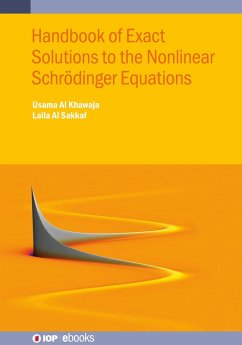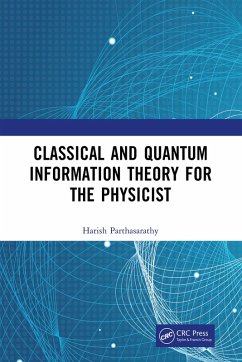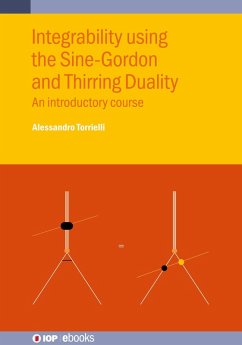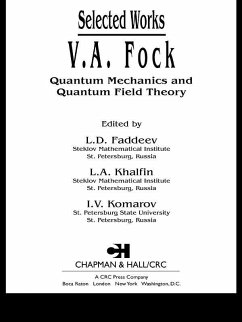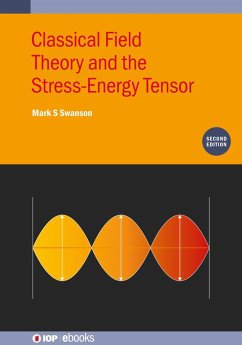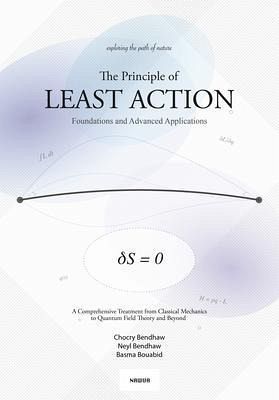
The Principle of Least Action (eBook, ePUB)
Versandkostenfrei!
Sofort per Download lieferbar
29,95 €
inkl. MwSt.
Weitere Ausgaben:

PAYBACK Punkte
15 °P sammeln!
This book presents a systematic treatment of the principle of least action, tracing its evolution from Fermat's optical principle to its central role in modern physics. Written for advanced undergraduate and graduate students, as well as researchers, it demonstrates how this single principle underlies virtually all of physics.Key Features:Historical Development: Follows the intellectual journey from Fermat through Maupertuis, Euler, Lagrange, and Hamilton, showing how the principle evolved from observations about light paths to a universal framework for physicsMathematical Rigor: Provides thor...
This book presents a systematic treatment of the principle of least action, tracing its evolution from Fermat's optical principle to its central role in modern physics. Written for advanced undergraduate and graduate students, as well as researchers, it demonstrates how this single principle underlies virtually all of physics.
Key Features:
Key Features:
- Historical Development: Follows the intellectual journey from Fermat through Maupertuis, Euler, Lagrange, and Hamilton, showing how the principle evolved from observations about light paths to a universal framework for physics
- Mathematical Rigor: Provides thorough coverage of the calculus of variations, Lagrangian and Hamiltonian formalisms, with careful attention to both mathematical foundations and physical intuition
- Comprehensive Scope: Spans from classical mechanics through quantum field theory:
- Classical applications: point particles, rigid bodies, continuum mechanics, and classical field theory
- Modern physics: special and general relativity, quantum mechanics via path integrals
- Interdisciplinary frontiers and numerical methods
- Unifying Perspective: Emphasizes how the action principle reveals deep connections between seemingly disparate phenomena - from planetary orbits to quantum fields
- Pedagogical Approach: Balances mathematical formalism with physical insight, using concrete examples to illustrate abstract concepts The book demonstrates that far from being merely a reformulation of Newton's laws, the principle of least action provides profound insights into the structure of physical law, revealing symmetries, conservation laws, and the path to modern theories. It serves as both a textbook for courses on analytical mechanics and a reference for researchers seeking a unified view of theoretical physics.
Dieser Download kann aus rechtlichen Gründen nur mit Rechnungsadresse in A, D ausgeliefert werden.







